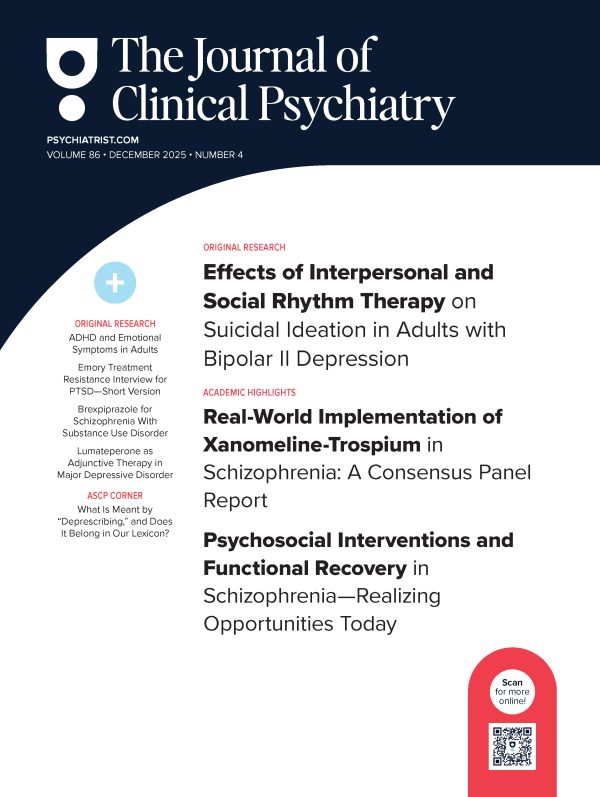Background: Bright light therapy was shown to be a promising treatment for depression during pregnancy in a recent open-label study. In an extension of this work, we report findings from a double-blind placebo-controlled pilot study.
Method: Ten pregnant women with DSM-IV major depressive disorder were randomly assigned from April 2000 to January 2002 to a 5-week clinical trial with either a 7000 lux (active) or 500 lux (placebo) light box. At the end of the randomized controlled trial, subjects had the option of continuing in a 5-week extension phase. The Structured Interview Guide for the Hamilton Depression Scale-Seasonal Affective Disorder Version was administered to assess changes in clinical status. Salivary melatonin was used to index circadian rhythm phase for comparison with antidepressant results.
Results: Although there was a small mean group advantage of active treatment throughout the randomized controlled trial, it was not statistically significant. However, in the longer 10-week trial, the presence of active versus placebo light produced a clear treatment effect (p = .001) with an effect size (0.43) similar to that seen in antidepressant drug trials. Successful treatment with bright light was associated with phase advances of the melatonin rhythm.
Conclusion: These findings provide additional evidence for an active effect of bright light therapy for antepartum depression and underscore the need for an expanded randomized clinical trial.
Please sign in or purchase this PDF for $40.00.





